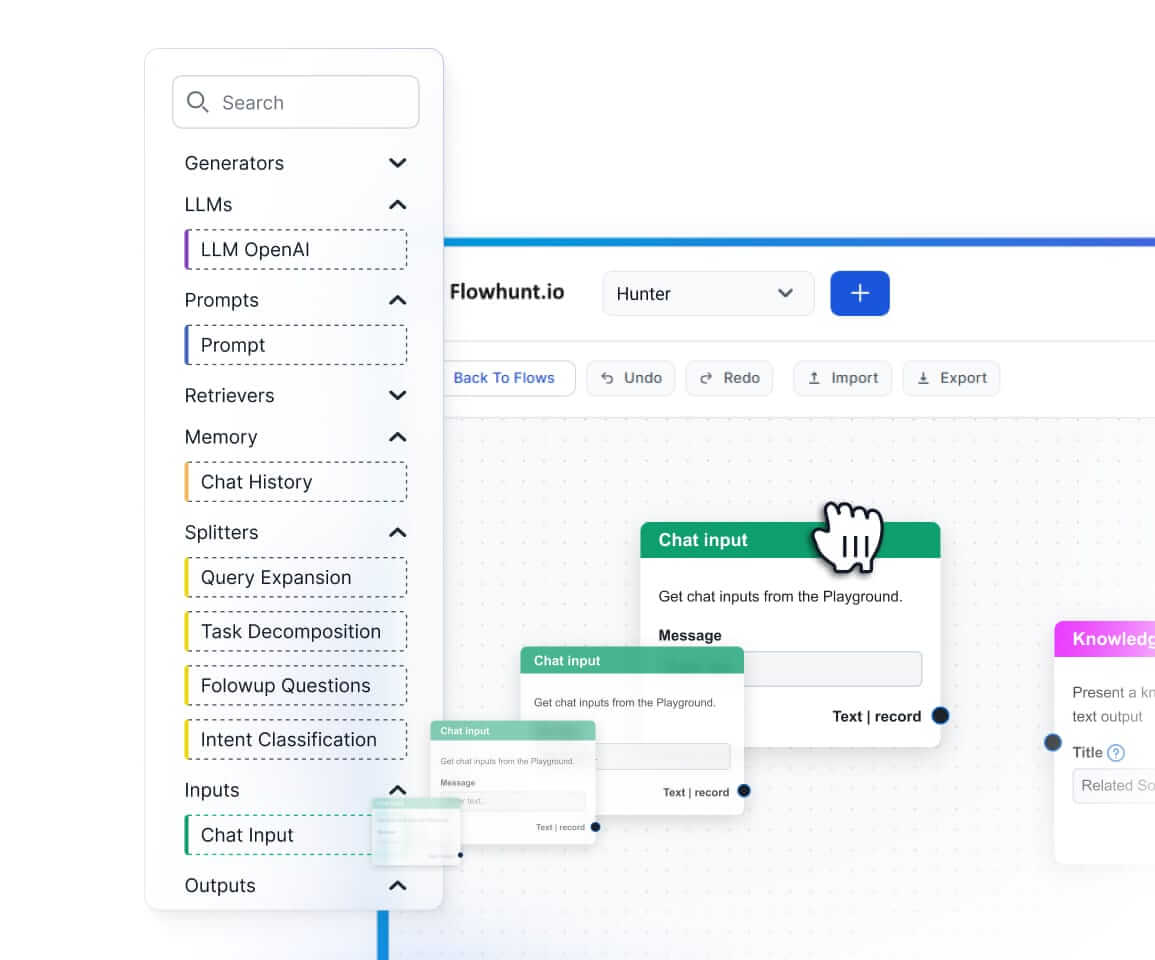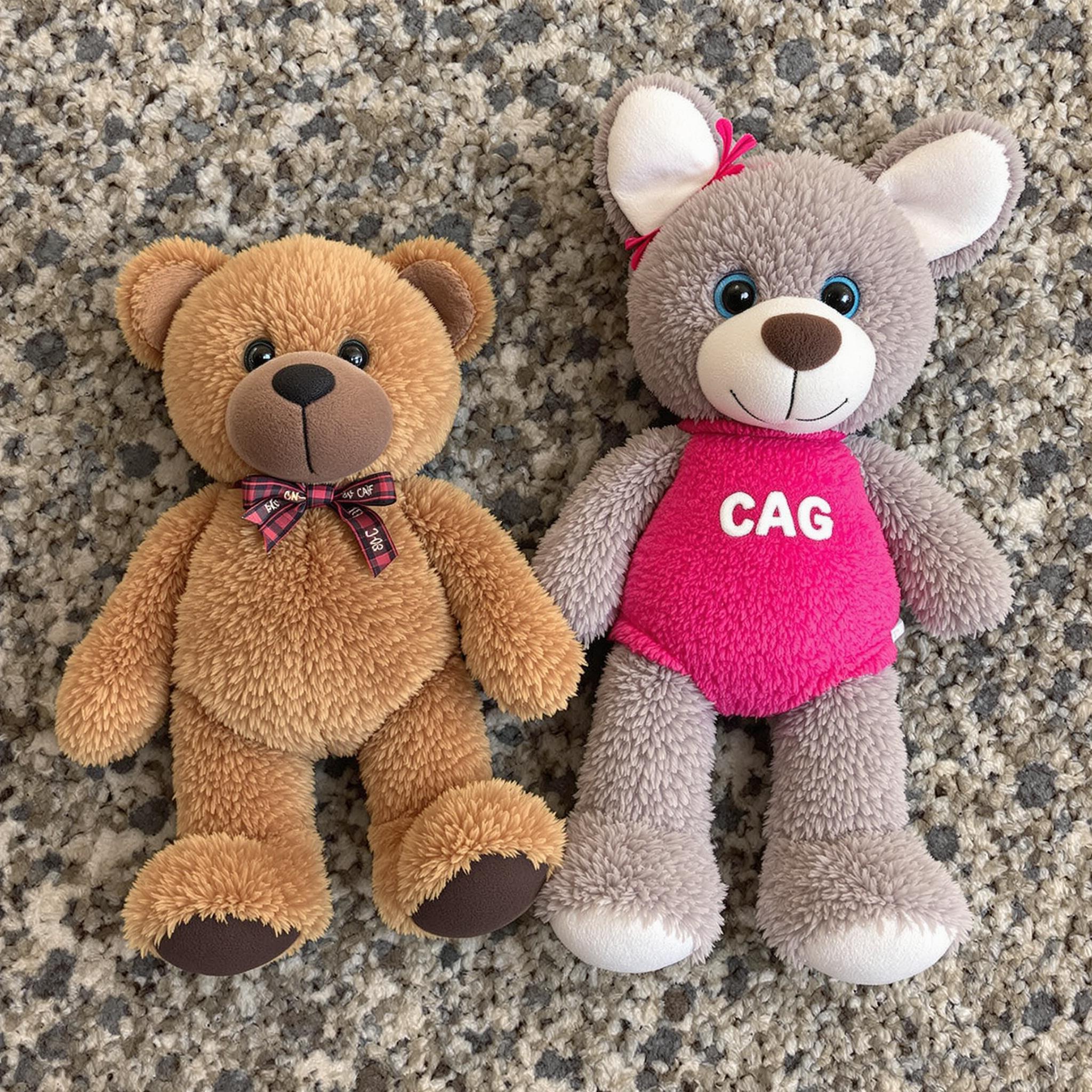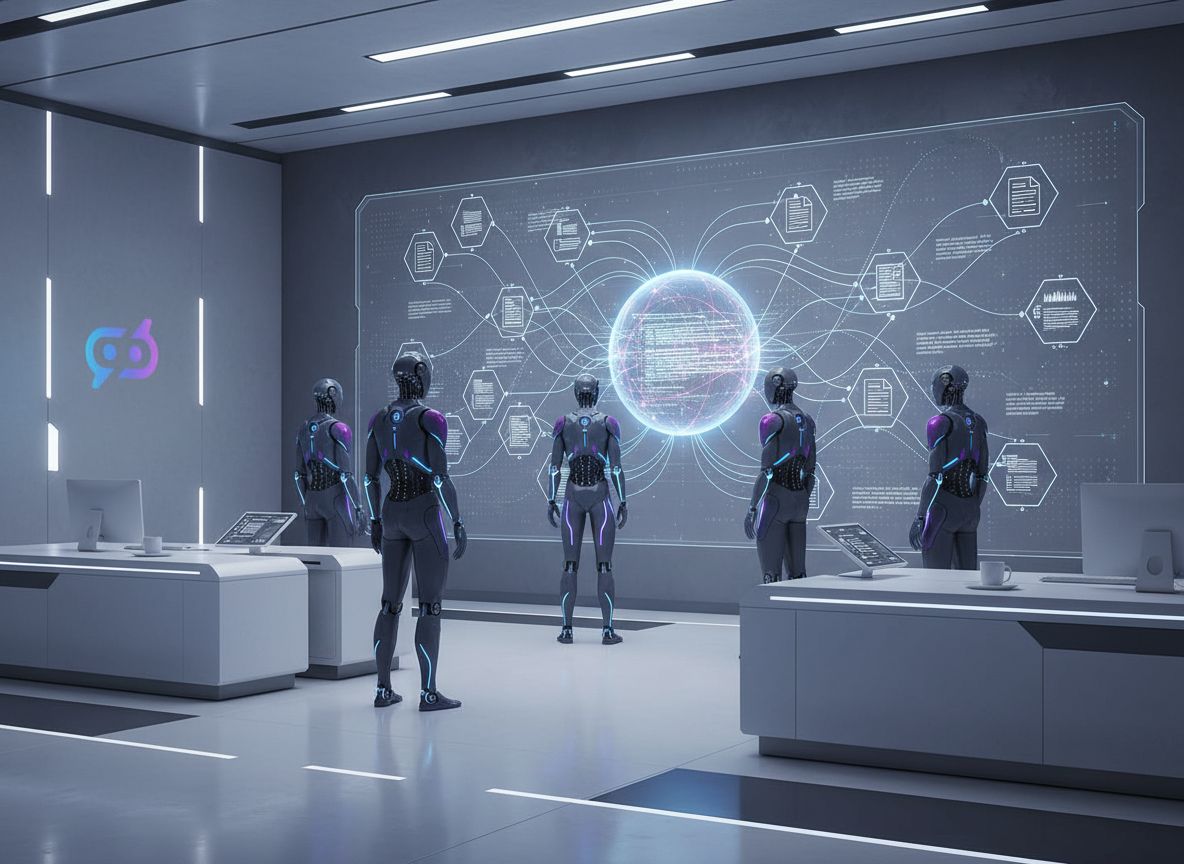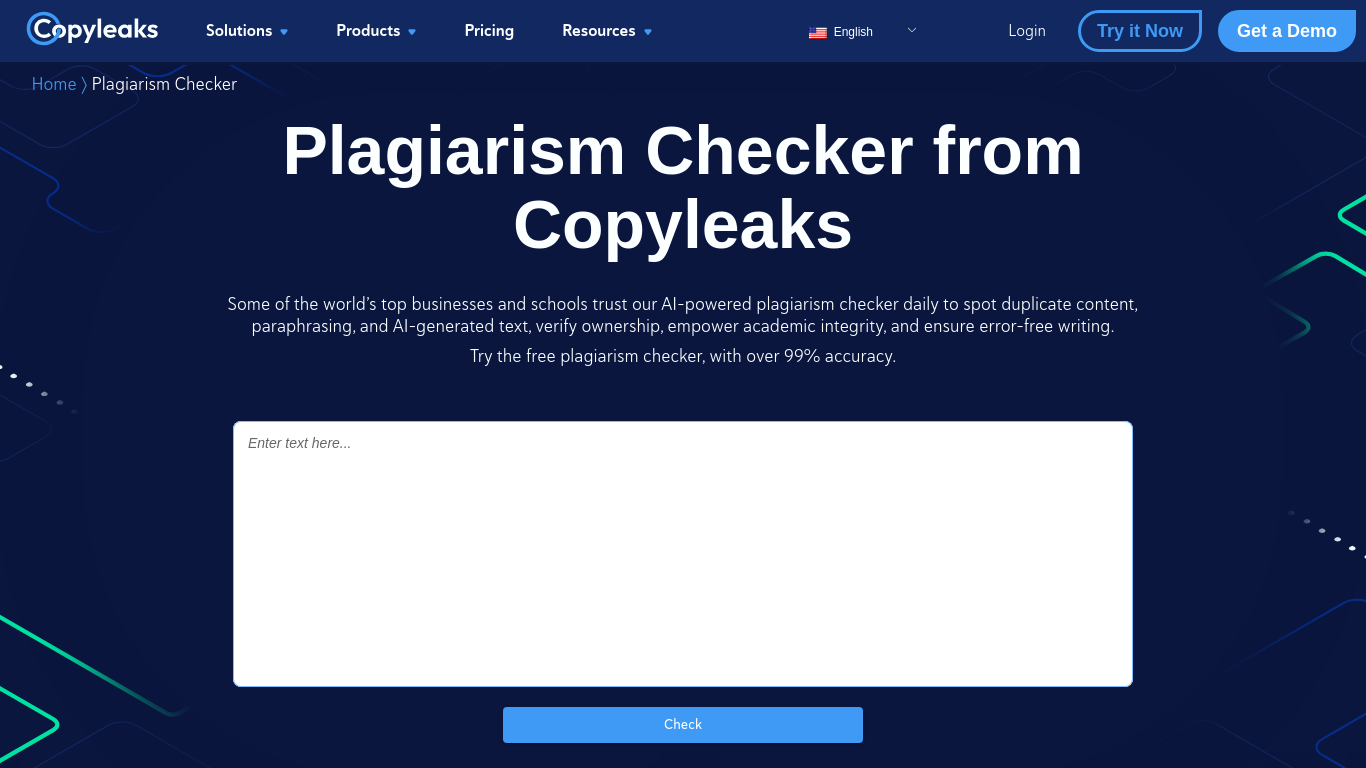
Retrieval Augmented Generation (RAG)
Retrieval Augmented Generation (RAG) is an advanced AI framework that combines traditional information retrieval systems with generative large language models (...

Understand the differences between Retrieval-Augmented Generation (RAG) and Cache-Augmented Generation (CAG) for AI: RAG offers real-time, adaptable outputs; CAG delivers fast, consistent responses with static data.
Retrieval-Augmented Generation (RAG) is a technique in artificial intelligence (AI) that improves the performance and accuracy of generative AI models. It combines external knowledge retrieval with the model’s pre-trained data. This method allows the AI to access real-time, domain-specific, or updated information. Unlike traditional language models that depend only on static datasets, RAG retrieves relevant documents or data entries during the response creation process. This additional information makes the AI’s outputs more dynamic and contextually accurate. RAG is especially useful for tasks that require fact-based and current outputs.
RAG functions by combining two main steps: retrieval and generation.
Example:
In a customer support chatbot, RAG can pull updated policy documents or product details in real time to respond to queries accurately. This process avoids the need for frequent retraining and ensures the AI’s responses use the most current and relevant information.
Retrieval-Augmented Generation is a significant advancement in AI. By blending static training data with external knowledge, RAG enables AI systems to produce more accurate, transparent, and context-aware responses.
Cache-Augmented Generation (CAG) is a method in natural language generation designed to improve response times and reduce computational demands by using pre-computed data stored in memory caches. Unlike RAG, which searches for external information during the generation process, CAG focuses on preloading essential, static knowledge into the model’s memory or context ahead of time. This approach removes the need for real-time data retrieval, making the process faster and more efficient in terms of resources.
CAG relies on key-value (KV) caches to function. These caches hold pre-computed data representations, allowing the model to quickly access them during the generation process. The workflow includes:
This pre-caching technique ensures that CAG systems maintain consistent performance with minimal computational effort.
Cache-Augmented Generation works well in situations where speed, resource efficiency, and consistency matter more than adaptability. It is particularly suited to fields like e-learning platforms, technical manuals, and product recommendation systems, where the knowledge base remains relatively unchanged. However, its limitations should be carefully considered in environments requiring frequent updates or dynamic datasets.
| Aspect | RAG | CAG |
|---|---|---|
| Data Retrieval | Retrieves data dynamically from external sources during generation. | Depends on pre-cached data stored in memory. |
| Speed & Latency | Slightly higher latency due to real-time retrieval. | Very low latency due to in-memory access. |
| System Complexity | More complex; requires advanced infrastructure and integration. | Simpler; less infrastructure needed. |
| Adaptability | Highly adaptable; can use new, changing information. | Limited to static, preloaded data. |
| Best Use Cases | Dynamic customer support, research, legal document analysis. | Recommendation engines, e-learning, stable datasets. |
RAG works best in situations where you need up-to-date, context-specific information from constantly changing datasets. It retrieves and uses the latest available data, making it useful in these areas:
CAG is ideal in scenarios where speed and consistency are key. It uses pre-stored data, enabling quick responses. Its main applications include:
Some applications need both flexibility and efficiency, which a hybrid approach can provide. By merging RAG and CAG, these systems combine real-time accuracy with fast performance. Examples include:
Hybrid systems bring together the strengths of RAG and CAG, offering adaptable and scalable solutions for tasks that require both precision and efficiency.
Retrieval-Augmented Generation (RAG) is an AI technique that combines external knowledge retrieval with pre-trained model data, allowing generative AI to access real-time, domain-specific, or updated information for more accurate and contextually relevant outputs.
Cache-Augmented Generation (CAG) uses pre-computed, preloaded data stored in memory caches to generate responses quickly and efficiently, while RAG retrieves information in real time from external sources, resulting in higher adaptability but increased latency.
Use RAG when your system requires up-to-date, dynamic information from changing datasets, such as customer support or legal research. Use CAG when speed, consistency, and resource efficiency are priorities, especially with static or stable datasets like training manuals or product recommendations.
RAG provides real-time accuracy, adaptability to new information, and transparency by referencing external sources, making it suitable for environments with frequently changing data.
CAG offers reduced latency, lower computational costs, and consistent outputs, making it ideal for applications where the knowledge base is static or rarely changes.
Yes, hybrid solutions can leverage both RAG and CAG, combining real-time adaptability with fast, consistent performance for applications like enterprise knowledge management or personalized education tools.
Viktor Zeman is a co-owner of QualityUnit. Even after 20 years of leading the company, he remains primarily a software engineer, specializing in AI, programmatic SEO, and backend development. He has contributed to numerous projects, including LiveAgent, PostAffiliatePro, FlowHunt, UrlsLab, and many others.
Smart Chatbots and AI tools under one roof. Connect intuitive blocks to turn your ideas into automated Flows.
Retrieval Augmented Generation (RAG) is an advanced AI framework that combines traditional information retrieval systems with generative large language models (...
Discover how Retrieval-Augmented Generation (RAG) is transforming enterprise AI, from core principles to advanced Agentic architectures like FlowHunt. Learn how...
Question Answering with Retrieval-Augmented Generation (RAG) combines information retrieval and natural language generation to enhance large language models (LL...
Cookie Consent
We use cookies to enhance your browsing experience and analyze our traffic. See our privacy policy.


